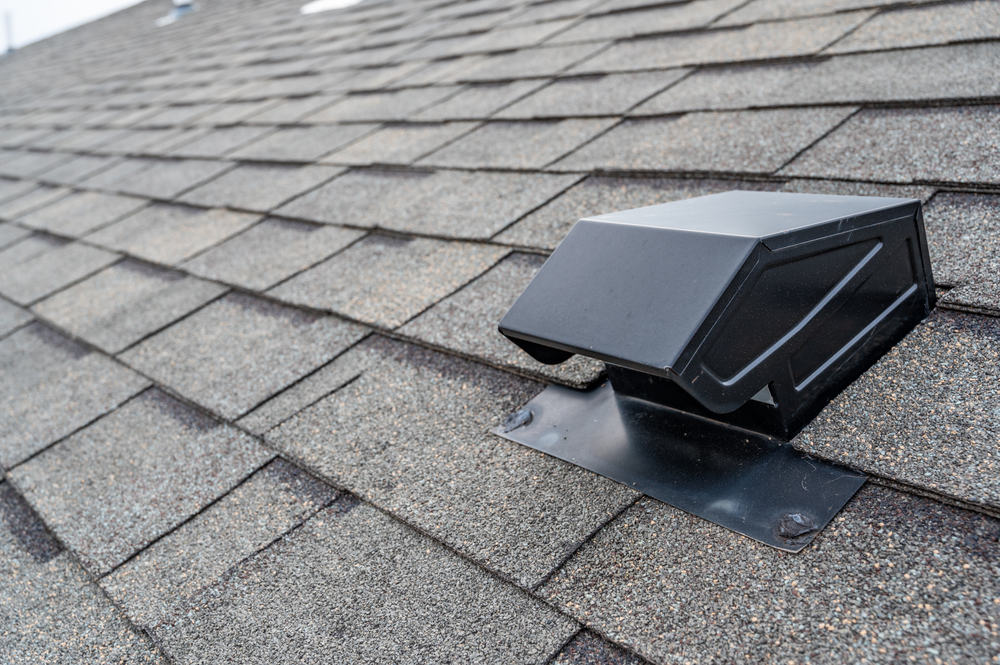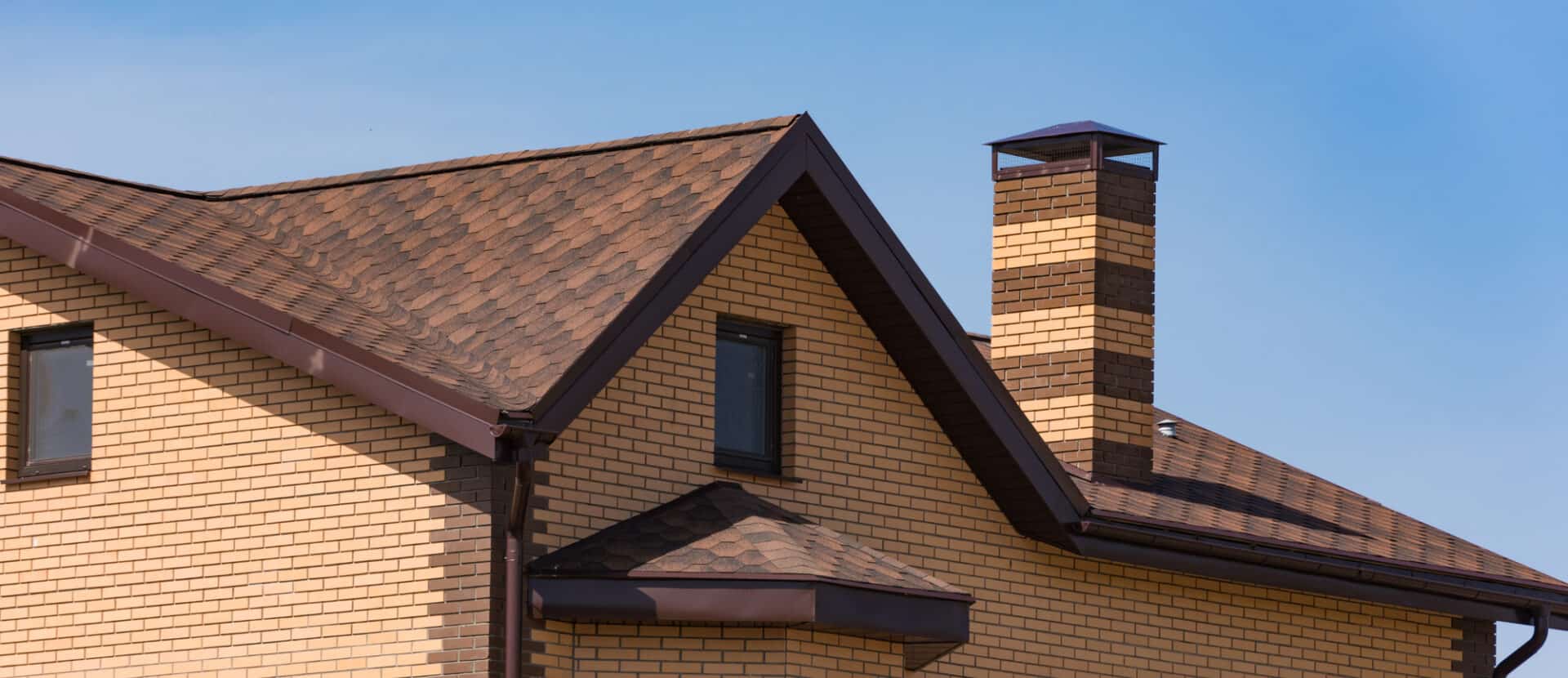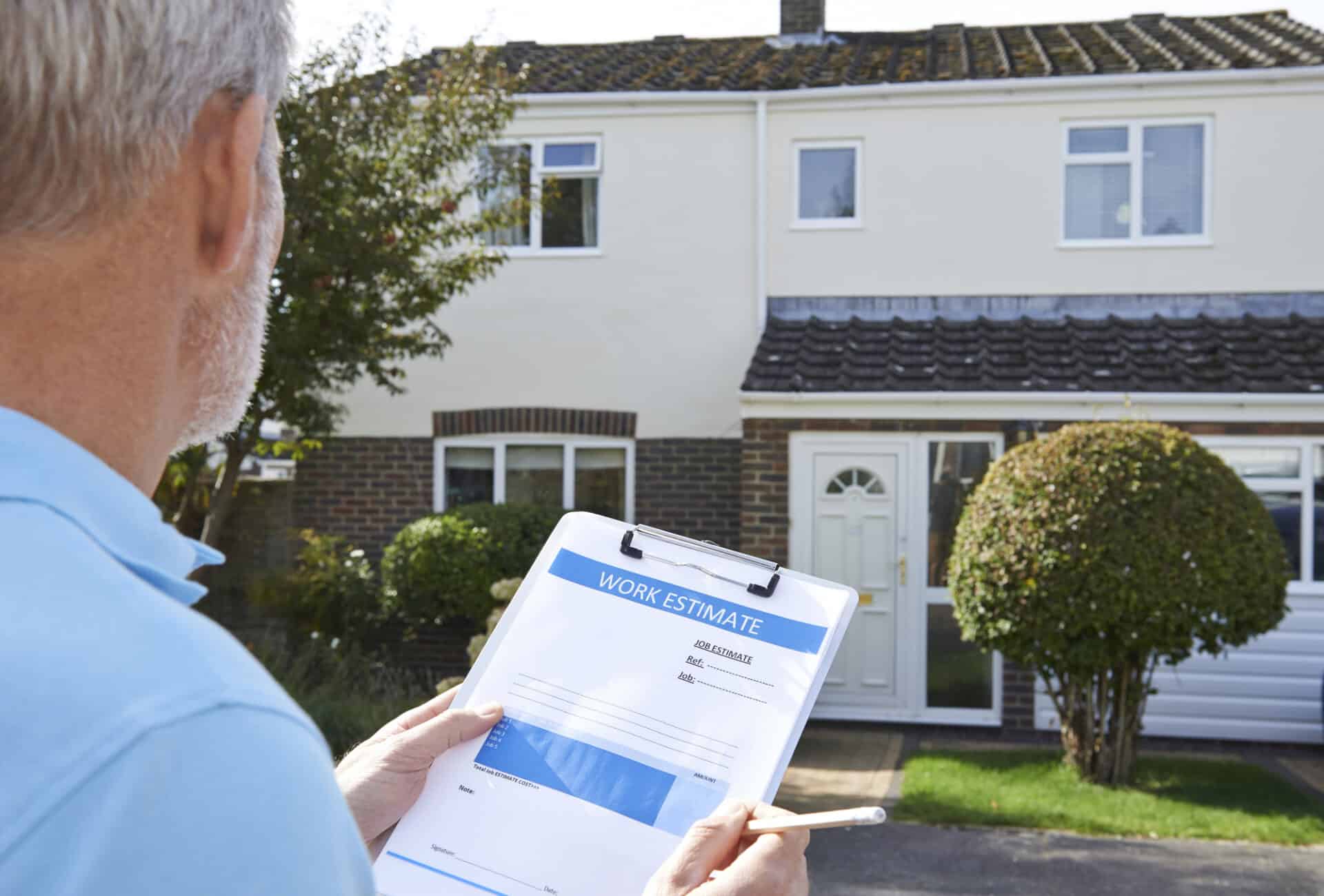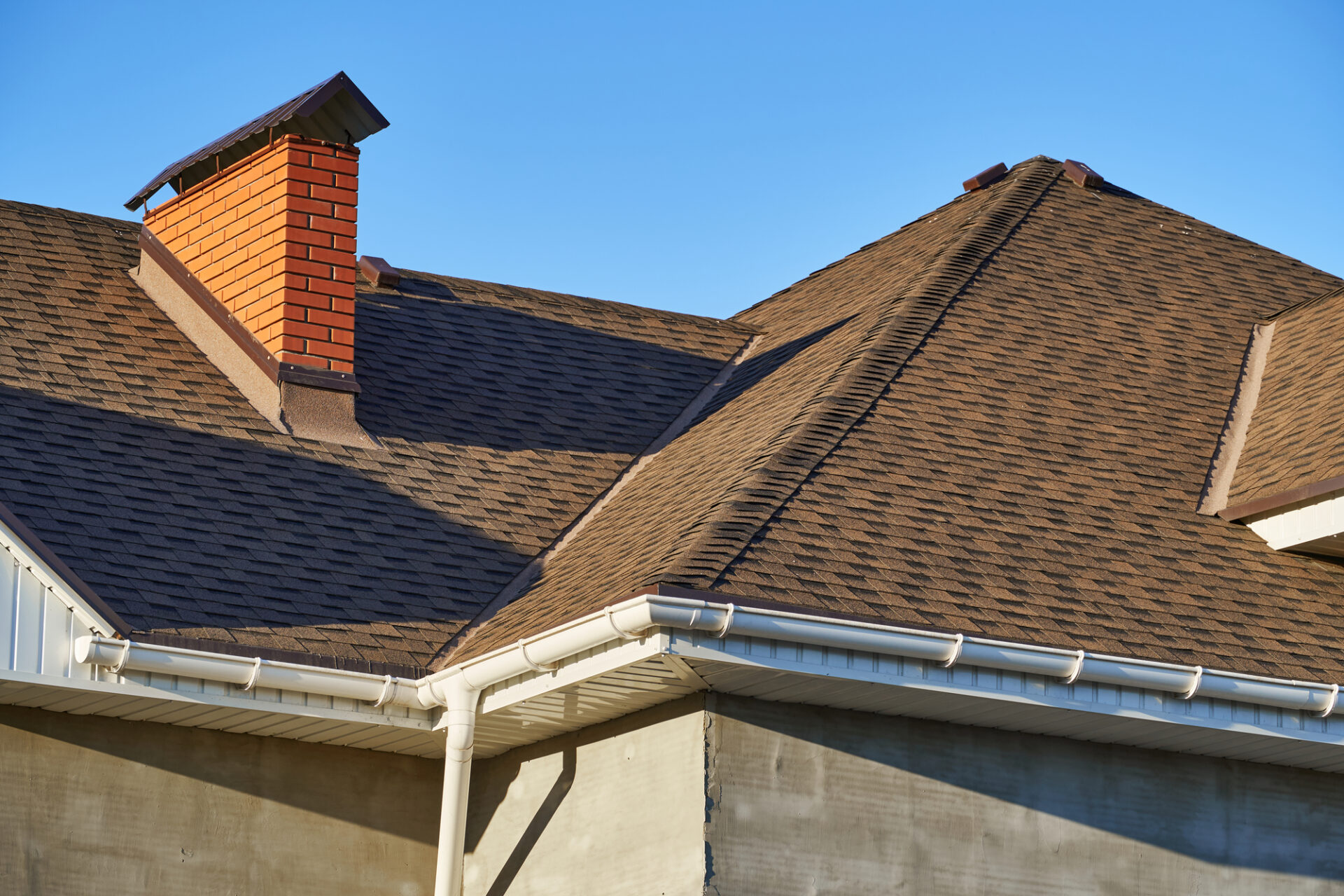When it comes to venting your dryer, there are various options to consider. One often debated choice is whether it’s a good idea to vent a dryer through the roof. While this might seem like a convenient solution, it’s essential to weigh the pros and cons before making a decision.
In this article, we’ll explore the potential benefits and drawbacks of venting your dryer through the roof, shedding light on what might be the best option for your home.

Pros of Rooftop Dryer Vents
- Space Efficiency: Venting a dryer through the roof can be a space-saving solution. For homes with limited exterior wall space, such as townhouses or condos, utilizing the roof for venting allows for more flexibility in the placement of your laundry appliances.
- Aesthetics: External dryer vents can sometimes be an eyesore on the exterior of a house. Venting through the roof can be a more aesthetically pleasing option, especially if you have a well-designed roofline that can conceal the vent.
Cons of Rooftop Dryer Vents
- Moisture Buildup: One significant drawback of venting a dryer through the roof is the potential for moisture buildup. Warm, moist air from the dryer can condense in the vent and create a breeding ground for mold and mildew. This can lead to damage to both the venting system and the structure of the roof.
- Energy Inefficiency: Roof venting may result in increased energy consumption. Dryers work more efficiently when the venting path is shorter and straighter. Venting through the roof often involves longer and more convoluted ductwork, making the dryer work harder and use more energy.
- Installation Challenges: Installing a roof vent can be more complex and costly than a traditional exterior wall vent. It may require professional installation, and the roof structure must be carefully considered to avoid leaks and other issues.
- Potential Roof Damage: The installation process itself can pose a risk to your roof. Improper installation may lead to leaks, which can cause significant damage over time. It’s crucial to hire experienced professionals to ensure the vent is installed correctly.
- Fire Risk: Dryer lint is highly flammable, and external vents can accumulate lint over time, posing a potential fire hazard. Venting through the roof may increase this risk, as lint is likely to build up at the top of the vent.
Questions About Rooftop Dryer Ventilation? We Can Help.
While venting a dryer through the roof offers some advantages, it’s essential to carefully weigh the pros and cons before deciding on this installation method. Space efficiency and aesthetic considerations may make roof venting an appealing choice for some homeowners, but the potential for moisture buildup, energy inefficiency, and installation challenges should not be overlooked.
Before making a decision, consult with a professional roofing and ventilation expert to assess your home’s specific needs and conditions. Ultimately, the goal is to find a solution that not only meets your space and aesthetic requirements but also ensures the safety and efficiency of your dryer ventilation system for years to come.
Questions about your roof? Contact New Heights Roofing today.




